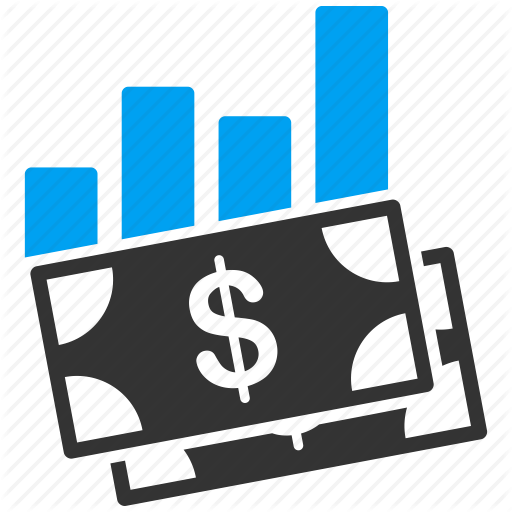
Are you forecasting Your Cash flow?
Forecasting cash flow can be quite a daunting exercise. However, it is a critical task as businesses need to know when cash is needed and to plan for it. Failing which will have dire consequences.
Below are the high level steps that you can adopt to forecast your cash flow.
1. Create a chart
with a 12 month calendar and with 2 columns; cash-in and cash-out
2. Record today’s current cash available.
This is cash available in your business accounts that can be drawn down at any point in time.
3. Gather your current sales information
Many sales are done on credit terms, which means when sales are made, cash is not received immediately. Businesses could wait as long as 90-120 days.
Start assembling all the sales that were made, and document the following on the calendar
o Cash-out: When cash is needed to complete the sales order. This includes, suppliers, plant / equipment / machinery, additional resources, freight / logistics
o Cash-in: When cash will be received from sales that were made
4. Predict your future sales
Based on information that you have at hand, with your best ability make a Sales Forecast. For each sale, record estimate the cash –out and cash-in as were done before for actual sales made.
5. Record regular cash outflow
This includes:
– rental
– utility bills
– salaries
– licensing, including both business and IT license
– loan repayment (if any)
– administrative i.e. accounting
– tax payments
6. Other incoming cash flow
– expected any tax refunds or rebates
– any government grants
– additional cash from investments i.e. from owner or investors
Once all the facts and data has been gathered and recorded, analyse when the cash flow is low or negative then start planning for actions to obtain working capital accordingly. This could be a loan, invoice financing, overdraft, letter of credit etc. Cash is all about timing. The more details you have in terms of timing and amount, the more accurate the cash flow forecast would be and will minimise the risk of running out of cash. A Company can be very profitable but still can go out of business if it has no cash to pay its creditors.
This cash flow exercise need to be performed and reviewed on a regular basis preferably on a monthly. Revisit the Company plan/activities and update the details with the actual or latest available information and revise the data in the cash flow chart. Analyse any differences to continuously improve the forecast.
Nalinee Chinowuthichai is the co-founder of InvoiceInterchange, Singapore’s invoice trading platform, where SMEs can flexibly manage their cash flow by selling invoices to a network of investors who compete to provide cash advances.
Related Articles

The Working Capital Challenge: How Long Credit Terms Could Be Holding Your Business Back

Understanding the Impact of Chinese New Year on Cash Flow: A Guide for SMEs
